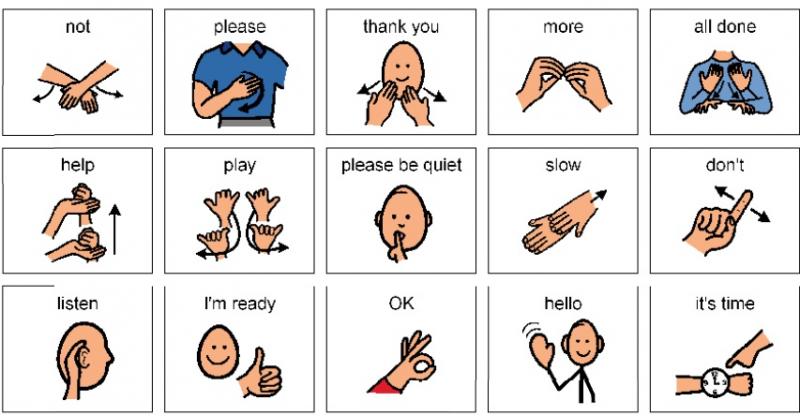
And you won’t have to wait for the guy tailoring his playlist to get off the bench to do them, either. Once you start incorporating these chest exercises into your weekly workout routine, you’ll be noticing a thicker, fuller, more developed pecs. And the best part is we’re willing to bet that none of these moves are being done in the busy part of the gym, so you’ll be able to get your workout done quicker and more efficiently. So if you’re looking to grow your chest muscles without the excess strain on your shoulders, or if you’re just sick of waiting for the bench station to clear up on a busy day at the gym, there are several exercises that can be done without a bench. This can cause strain on the deltoid muscle, which can cause pain for those with a shoulder injury. For example, using a bench can place excess stress on the delts. While the bench is used for the most popular chest exercise, the bench press, it also has its drawbacks. You don’t have to park our backside on a bench for the entirety of your session just because it’s chest day. You can teach size, number, and shape.How often have you walked into the gym on Monday just to find that just about every work station is packed with guys looking to grow their pecs? Pretty often, we’re willing to guess. You can teach colors as adjectives with a fun selection of items in multiple colors. Anne brought along so many great activities that can be used with our PECs learners.

The PECS system provides wonderful visual support for expanding sentences and teaching all kinds of vocabulary. Sometimes training stalled at requesting and commenting. Now you are ready to deliver that reinforcer in a split second!ģ. Be sure you position your open hand in front of the desired object. Sit across from the student if you are the “enticer”. So the best way to arrange the materials and yourself is to line it all up with the reach. You don’t want them distracted and losing interest. Now I know that you do not want the learner to have to shift eye gaze too far from the motivational object to find the picture and drop it in your hand. I have placed the communication book off to the student’s side and sat next to him.

In the beginning phase, you are teaching the learner to reach for the picture and exchange it. I wasn’t keeping the communication book, my hand and the desired item all in line. But I had forgotten about many details that can make a big difference.Ģ. Why? Because the research-based system will help your learners reach their highest potential using the system if you know what you are doing. Not if you want to be as effective as you can be. Not if you want your learner to become a fluent, successful communicator that acquires a robust set of communicative functions and an ever-growing vocabulary. Pretty simple, certainly low-cost, and easy enough for anyone to implement, right?Īctually no. In the beginning level in the system, a learner exchanges a picture with a communication partner to request something… which is then quickly honored. The PECS system was based on behavioral teaching techniques.

In classrooms for children with disabilities, you’ll see children pull a picture off their book or a choice board and hand it to an adult to request a snack item or toy. You have probably seen those communication notebooks, with Velcro and a sentence strip on the top cover, filled with more Velcro strips and laminated picture symbols inside. PECS is a well-known, widely used system of AAC. It was a unique augmentative/alternative communication system developed to meet the needs of learners on the autism spectrum or those with developmental learning disabilities with significant communication challenges or who were non-verbal. PECS was developed in 1985 by Andrew Bondy, Ph.D. and Lori Frost, SLP.

The PECS System is considered low-tech and does not require an electronic device.


 0 kommentar(er)
0 kommentar(er)
